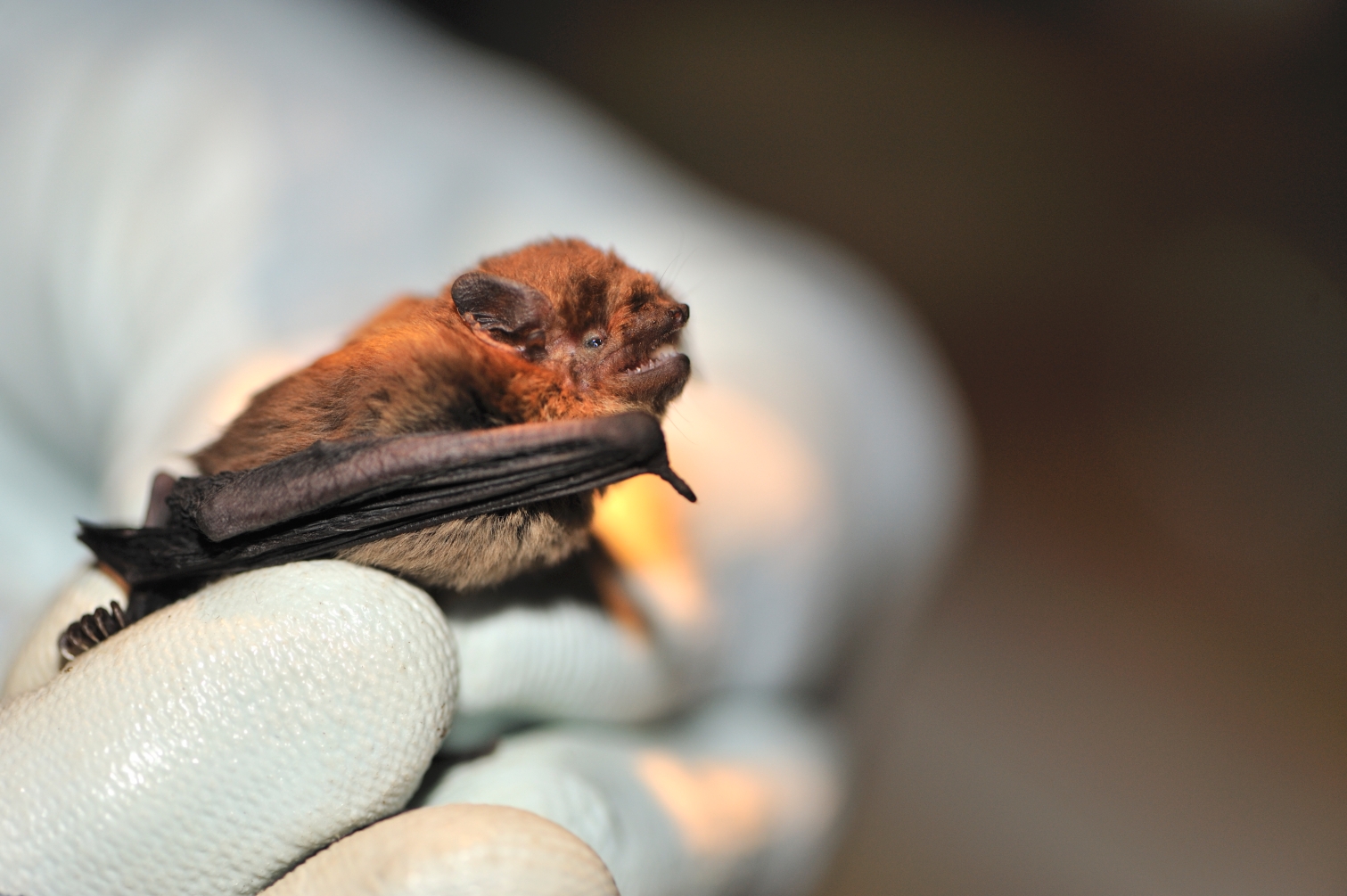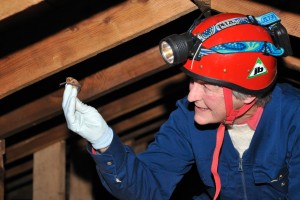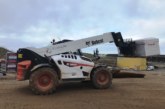
PAW Scotland (Partnership For Action Against Wildlife Crime Scotland) explains how to stay on the right side of the law when bat roosts are on a development site.
After recent convictions in Scotland and England for obstructing or destroying bat roosts, the Partnership for Action Against Wildlife Crime (PAW) Scotland is reminding anyone involved in building development or property improvements of their responsibilities.
But there is no need to panic if signs of bats or bat roosts are discovered during a building or construction project. There is plenty of advice available, in Scotland and in the rest of the UK, where the law is similar.
“It is very unlikely that the presence of bats will prevent development taking place.”
Bats are usually thought of as woodland animals, but some species have been sharing dwellings with humans for thousands of years. As their natural roosting sites in trees have been lost due to woodland felling and then development, many have moved to the most convenient warm, dry alternative – our buildings. These man-made structures have become very important for many species of bat, and they often to return to the same roosts year after year.
Species in decline
All British bat species have declined in the past, and they remain vulnerable to the loss of secure roost sites. Bats have a low reproductive rate and females usually only give birth to one young each year. For these reasons, both bats and their roost sites are protected by law in Scotland. It’s an offence to deliberately or recklessly kill, injure or disturb a wild bat and to obstruct or disturb a bat roost, even if bats are not present at the time.
Louise Batchelor, Chair of PAW Scotland Media Group, said, “Killing or disturbing bats is a wildlife crime which can land a developer or home owner with a heavy penalty. It’s not worth taking any chances, and there is plenty of advice and help to anyone planning a development or even a small house modification.”
Early consideration

Bats should be considered early on in project development. If bats are likely to be found in a site proposed for development (for instance, in a building to be modified or demolished, or in trees that need to be felled), a bat survey by a suitably qualified and experienced person may be necessary.
Surveys would normally need to be carried out during the bats’ active period (May-Sept). If bats, their roosts or even signs of bats, are found, then the surveyor should identify what impact the development might have on the bats and how these impacts should be avoided or minimised. But if they can’t be avoided and the development might result in an offence being committed, a licence will be necessary to go ahead with work.
Licences
Licences to permit development can only be granted subject to strict tests being met (see the Box Section below for government agencies around the UK). If someone is found to have disturbed or destroyed a bat roost, they may be fined up to £5,000 and/or receive a prison sentence. Equipment, including vehicles and machinery, involved in the incident could also be confiscated and forfeited, resulting in significant inconvenience and financial cost to the company involved.
Pete Charleston, an investigations officer with the Bat Conservation Trust (BCT), explains: “It is very unlikely that the presence of bats will prevent development taking place. But if bats are to be affected, then it is very important that the work is done at the right time of year in a manner that does not have an adverse impact on the animals. BCT receive a number of allegations of bat crime each year. Working with the police, we are able to prevent many offences but in a small number of cases the needs of bats are deliberately ignored. In such circumstances prosecution, although regrettable, is inevitable.”
In Scotland, licences are granted through Scottish Natural Heritage (see www.snh.gov.uk); in England, through Natural England (www.gov.uk/government/organisations/natural-england); in Wales, through Natural Resources Wales (naturalresourceswales.gov.uk); and in Northern Ireland, through the Northern Ireland Environment agency (www.doeni.gov.uk/niea).
Protection plan
Planning authorities must consider the same strict tests as the licensing authority when considering any planning permission that might affect bats or any other protected species. So it pays to make sure that a good survey and protection plan is drawn up at the planning stage. Surveys should be up-to-date and carried out according to best practice to ensure that there are no unnecessary delays in licence and planning applications.
Images: ©Scottish Natural Heritage
For more information on bats, see the Bat Conservation Trust website at www.bats.org.uk








